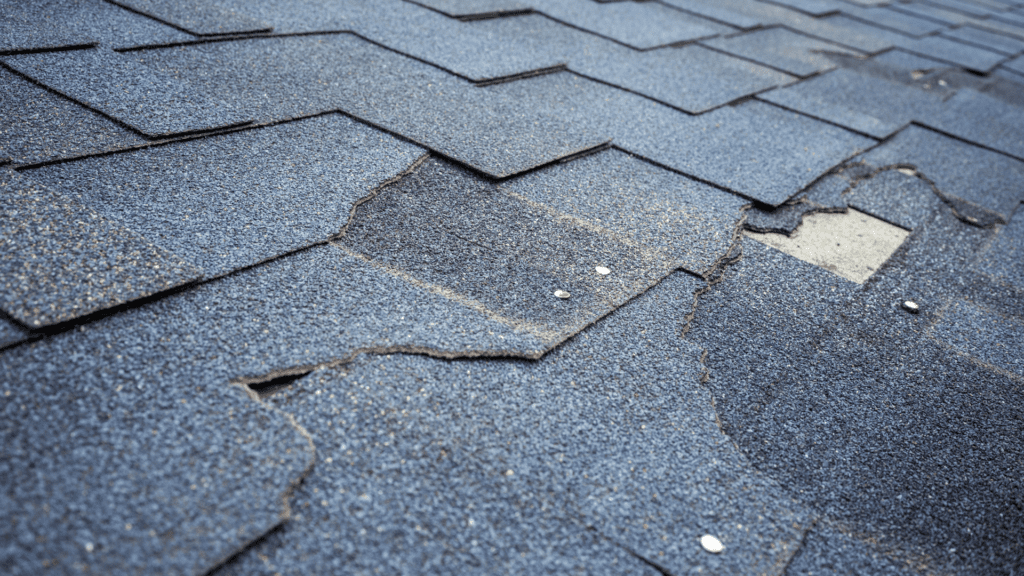Water damage may initially appear minor, but its effects could worsen and require more serious attention if ignored. The effects of water damage, whether from a busted pipe, a leaky roof, or storm-related floods, can go beyond simple problems. Let’s examine the possible consequences and why water damage must be dealt with immediately.
Identifying the Subtle Indications
- Early Water Damage Indicators
It might be difficult to recognize water damage in its early stages because some symptoms might not immediately be obvious. Look for signs of mildew, peeling paint, stained walls or ceilings, and uneven or drooping flooring. Unusual wetness or stains could indicate a more serious problem.
- Different Kinds of Water Damage
It is essential to comprehend the many forms of water damage. Every sort of water damage, from contaminated water from floods or sewage backups to clean water from leaky pipes, presents risks and calls for different treatment techniques.
Impact on Structural Integrity
- Weakening Foundations
Water is a destructive force, particularly on structural components. Constant exposure erodes building materials, causing drywall, concrete, and wood to deteriorate and lose structural integrity. If this weakening is not addressed, it may result in collapsing floors, sagging ceilings, and even structural collapse.
- Hidden Damage in Walls and Insulation
Water can seep through insulation, walls, and other hidden spaces, resulting in hidden damage. Trapped moisture in walls encourages the growth of mold, which causes decay and degradation. This may require major replacements and repairs over time.
Mold Growth and Health Risks
- Mold: A Silent Threat
Mold growth is one of the most alarming consequences of water damage. Mold can begin to grow 24 to 48 hours after coming into contact with water because it loves moist conditions. Mold spore exposure can worsen pre-existing medical illnesses and trigger allergies, respiratory problems, and skin irritation.
- Mitigating Health Risks
Addressing water damage as soon as possible is critical to stop mold growth. Mold growth can be considerably decreased by carefully drying the impacted areas within 48 hours, dehumidifying them, and providing adequate ventilation.
Financial Consequences and Escalation
- Escalating Repair Costs
Ignoring relatively small water problems might eventually cause larger damage and greatly increase repair expenses. In addition to complicating restoration efforts and increasing financial pressure, additional damage might arise from delayed repairs.
- Insurance Considerations
It’s critical to comprehend insurance coverage for water damage. Examine your policy since certain kinds of water damage might not be covered, particularly if they are thought to result from carelessness or poor upkeep. If necessary, take into account adding riders or more coverage.
Proactive Measures: Prevention and Action
- Routine Maintenance and Inspections
Regular inspections are the first step in preventing water damage. Check frequently for leaks, weak points, or places where water tends to collect. Prompt maintenance and repairs are essential to keeping possible problems from getting worse.
- Swift Response and Professional Assistance
It’s critical to act quickly when water damage occurs. Eliminate any standing water, dry out the impacted areas, and, if necessary, seek professional help. Experts in water damage restoration have the knowledge and resources to efficiently minimize damages and stop additional issues.
Environmental and Long-term Effects
- Impact on the Environment
Water damage can have negative impacts on the environment in addition to causing harm to property and health concerns. Floods and sewage backups can leave behind contaminated water, damaging ecosystems and perhaps endanger species.
- Long-term Effects on Property Value
Unresolved persistent water damage can greatly affect a property’s value. A history of water damage, mold problems, and structural difficulties can lower the property’s market value and make selling difficult.
Impact on Daily Life and Inconveniences
Water damage disturbs daily living even in its early stages. Inconvenience is caused by restricted access because of maintenance, musty smells, and moisture. Routines are disrupted, and stress is increased by organizing repairs and possible relocation during restoration.
Water damage causes emotional distress in addition to financial difficulties. Anxiety is brought on by handling repairs, estimating expenses, and disturbing comfort levels at home. Managing the fallout increases stress, which impacts one’s financial situation and emotional health.
Conclusion
Water damage is a complex issue with potentially wide-ranging effects, so it’s not just something to look at on the surface. Its consequences for assets, people’s health, the economy, and the environment highlight how urgent it is to take preventative action and act quickly.
Through comprehension of its subtleties and swift intervention, homeowners can protect their properties from the detrimental effects of water damage.
If you find this article helpful or have any suggestions, feel free to reach us!

